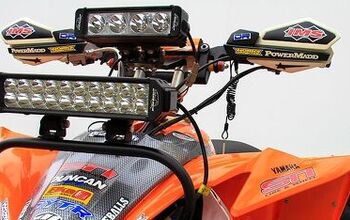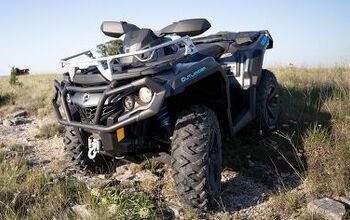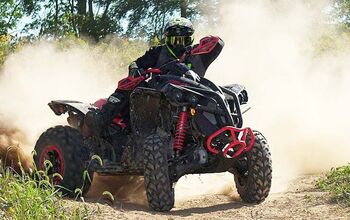Navigate the ATV Terrain with Confidence: A New Rider's Guide
All-Terrain Vehicles (ATVs) are recreational vehicles designed to travel on various terrains, appealing to adventure seekers and outdoor enthusiasts. They come in different styles, sizes, and with manual or automatic transmissions, making them versatile for activities like recreational riding, sports, utility work, and even military or police operations.
The Importance of ATV Safety
Safety is paramount in ATV riding due to the unique challenges and risks associated with these vehicles. ATVs offer a sense of security with their four-wheel design, but this can be misleading, especially for inexperienced riders. The common mistakes beginners make, such as inadequate speed control and incorrect body positioning, often lead to accidents. Understanding how to handle an ATV correctly is crucial to prevent serious injuries or accidents.
Essential ATV Riding Tips for Beginners
1. Mastering the Basics
Before you start riding, familiarize yourself with your ATV's manual to understand its components and functions. Ensure you have a firm footing while riding, and remember that ATVs are not designed for paved roads and may be subject to legal restrictions.
2. Throttle Control
Understanding your ATV's throttle is critical. Start slowly to avoid accidents and gradually increase speed as you gain confidence and control.
3. Protective Gear
Always wear a helmet, jacket, sturdy shoes or boots, and gloves. Helmets are crucial for preventing head injuries.
4. Learning to Shift
Practice shifting if your ATV requires manual gear changes. Proper shifting is essential to prevent stalling.
5. Correct Posture
Your posture affects your control and balance on the ATV. Lean appropriately during turns and avoid being stiff to adapt to varying terrains.
6. Stability with Nerf Bars
Nerf bars can provide additional stability, especially for new riders.
7. Practice and Patience
Take time to practice in different conditions to improve your skills and confidence.
Bonus Safety Tips
Ensure your ATV's brakes and lights are functional, especially for night riding. Start with low speeds to familiarize yourself with the controls and learn safe parking and mounting/dismounting techniques.
Understanding the ATV and Quad Difference
While ATVs and quads share common origins, they have evolved differently. Quads are typically used on tracks and circuits and are more stylized, while ATVs are used for various purposes, including rescue, towing, and adventure, due to their higher performance and stability.
ATV and Quad Acrobatics: General Tips
Knowing your vehicle is key to performing acrobatics safely. Start slow, understand your ATV's reactions to different terrains, and pay special attention to slopes. Always prioritize safety, wearing protective gear, and practice in controlled environments.
Conclusion
ATV riding offers an exciting and adventurous experience, but it requires responsibility and skill. Understanding and practicing these tips will help ensure a safe and enjoyable riding experience.
This article was co-written using AI and was then heavily edited and optimized by our editorial team.
More by ATV.com Staff


























